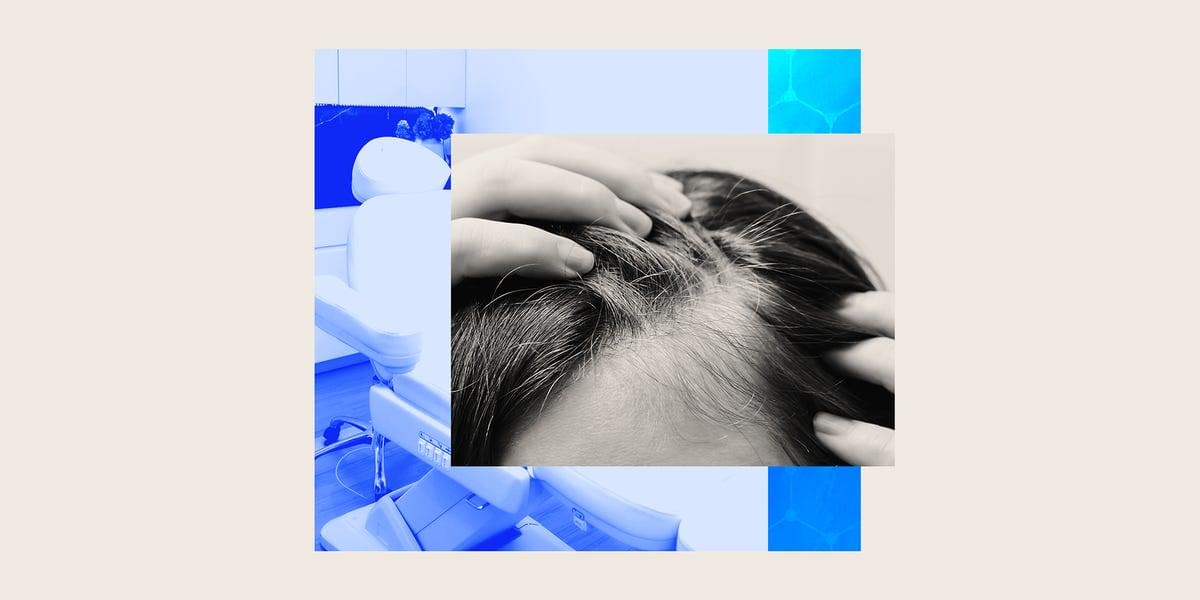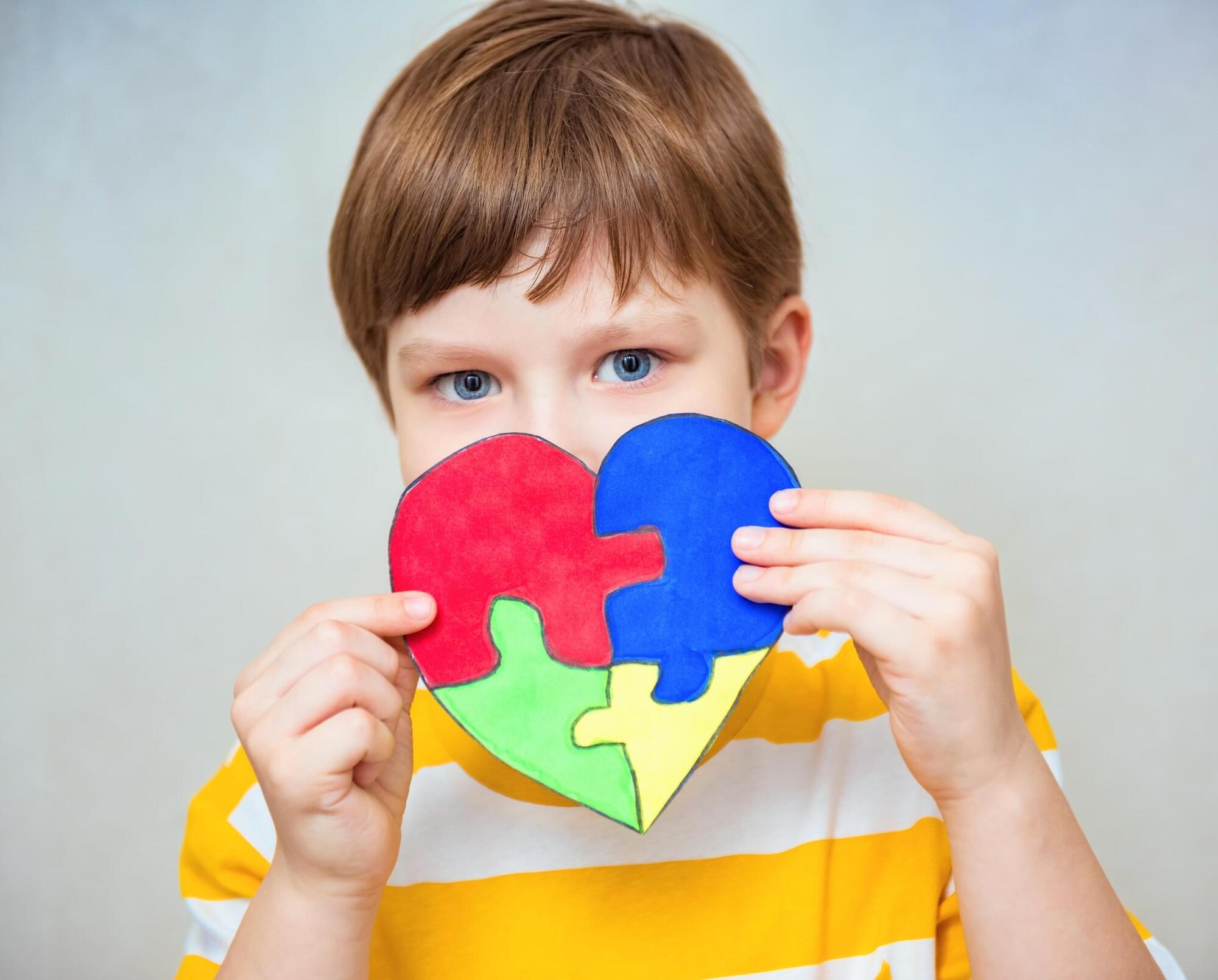Scientists unveil a faster, safer weapon against cancer.



A new material might contribute to a reduction of the fossil fuels consumed by aircraft engines and gas turbines in the future. A research team from Karlsruhe Institute of Technology (KIT) has developed a refractory metal-based alloy with properties unparalleled to date.
The novel combination of chromium, molybdenum, and silicon is ductile at ambient temperature. With its melting temperature of about 2,000°C, it remains stable even at high temperatures and is at the same time oxidation resistant. These results are published in Nature.
High-temperature-resistant metallic materials are required for aircraft engines, gas turbines, X-ray units, and many other technical applications. Refractory metals such as tungsten, molybdenum, and chromium, whose melting points are around or higher than 2,000°C, can be most resistant to high temperatures.


A new study has mapped the distinct molecular “fingerprints” that 59 diseases leave in an individual’s blood protein, which could enable blood tests to discern troubling signs from those that are more common.
As now published in Science, an international team of researchers mapped how thousands of proteins in human blood shift as a result of aging and serious diseases, such as cancer and cardiovascular and autoimmune diseases.
The Human Disease Blood Atlas also reveals that each individual’s blood profile has a unique molecular fingerprint, which changes through childhood and stabilizes in adulthood. This provides a baseline for comparison that health care providers could one day use to flag early deviations.

Hair transplants have exploded in popularity in recent years — so much so that flights returning from Turkey packed with men sporting freshly transplanted hairlines have become a meme. And the stigma surrounding the once-taboo procedure is lessening.
In August, John Cena said his recent hair transplant “completely changed the course of my life.” While effective, transplants are still surgeries that require thousands of dollars, time off work, and a multi-week recovery process.
However, FoLix, the first FDA-cleared fractional laser of its kind, administered in-office by a provider, offers men and women a surgery-free way to help with their hair loss. Dermatologists say that the new treatment, which began appearing in clinics over the past year, could be a game changer for patients who may not like the daily regimen of pills or the invasiveness of hair transplant surgery.
Accelerating Promising Biotech Innovation — Dr. Aliza Apple, Ph.D. — Vice President, Catalyze360 AI/ML and Global Head, Lilly TuneLab, Eli Lilly and Company.
Dr. Aliza Apple, Ph.D. is a Vice President of Catalyze360 AI (https://www.lilly.com/science/partners/catalyze-360 and Global Head of Lilly TuneLab (https://tunelab.lilly.com/) at Eli Lilly where she leads the strategy, build and launch of Lilly’s external-facing AI/ML efforts for drug discovery.
Lilly Catalyze360 represents a comprehensive approach to enabling the early-stage biotech ecosystem, agnostic of the therapeutic area, designed to accelerate emerging and promising science, strategically removing barriers to support biotech innovation.
In her previous role at Lilly, Dr. Apple served as the COO and head of Lilly Gateway Labs West Coast, where she supported the local biotech ecosystem through early engagement and providing tailored offerings to meet their needs.
Prior to Lilly, Dr. Apple served as a co-founder at Santa Ana Bio, a venture-backed precision biologics company focused on autoimmune disease, and as an advisor to the founders of Firefly Biologics.



Targeted drug delivery is a powerful and promising area of medicine. Therapies that pinpoint the exact areas of the body where they’re needed—and nowhere they’re not—can reduce the medicine dosage and avoid potentially harmful off-target effects elsewhere in the body. A targeted immunotherapy, for example, might seek out cancerous tissues and activate immune cells to fight the disease only in those tissues.
The tricky part is making a therapy truly “smart,” where the medicine can move freely through the body and decide which areas to target.
Researchers at the University of Washington have taken a significant step toward that goal by designing proteins with autonomous decision-making capabilities. In a proof-of-principles study published in Nature Chemical Biology, researchers demonstrated that by adding smart tail structures to therapeutic proteins, they could control the proteins’ localization based on the presence of specific environmental cues.
